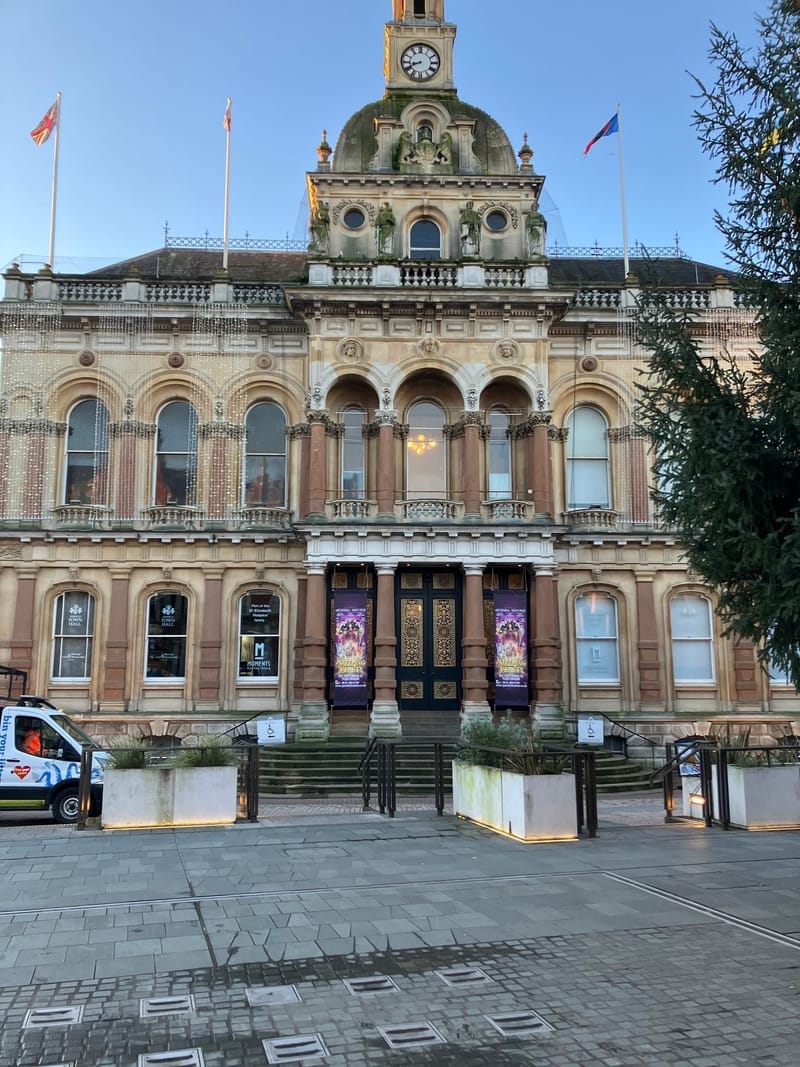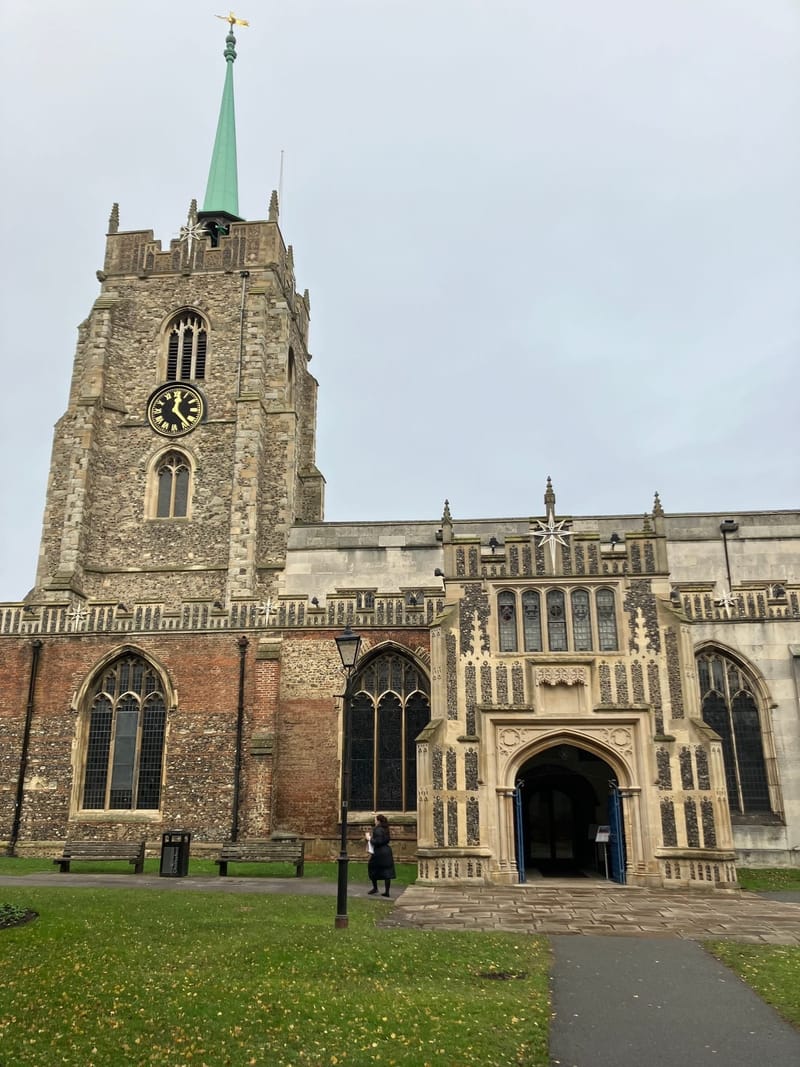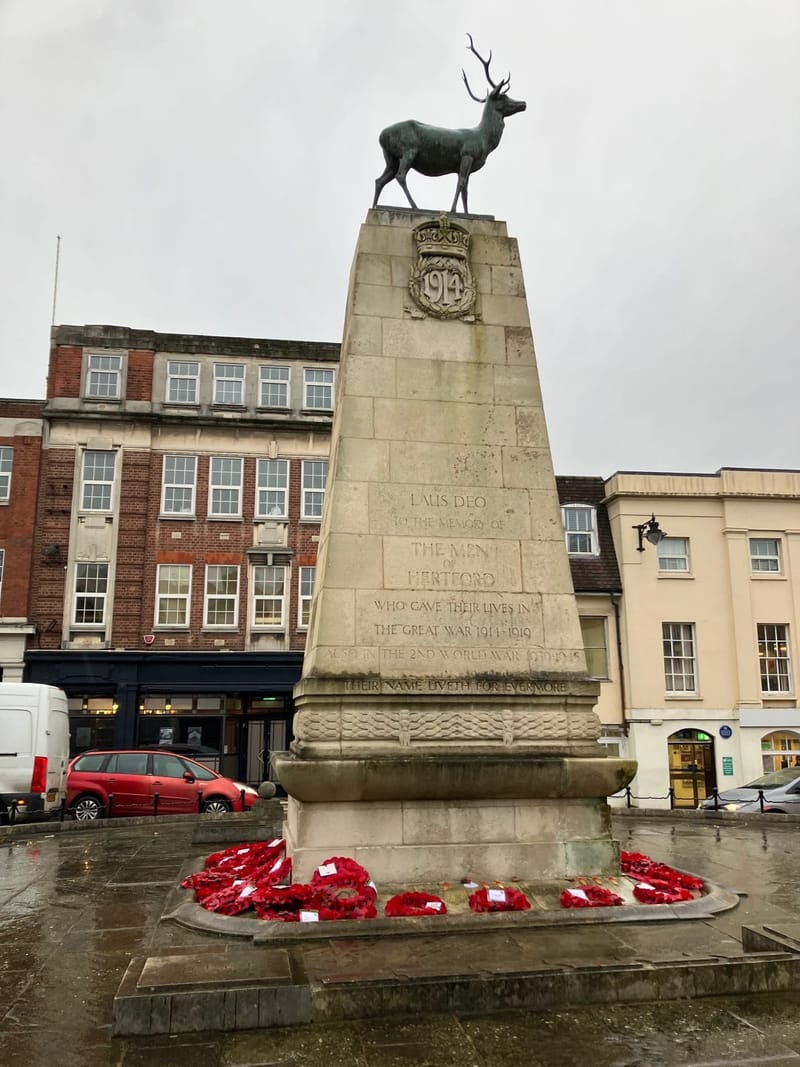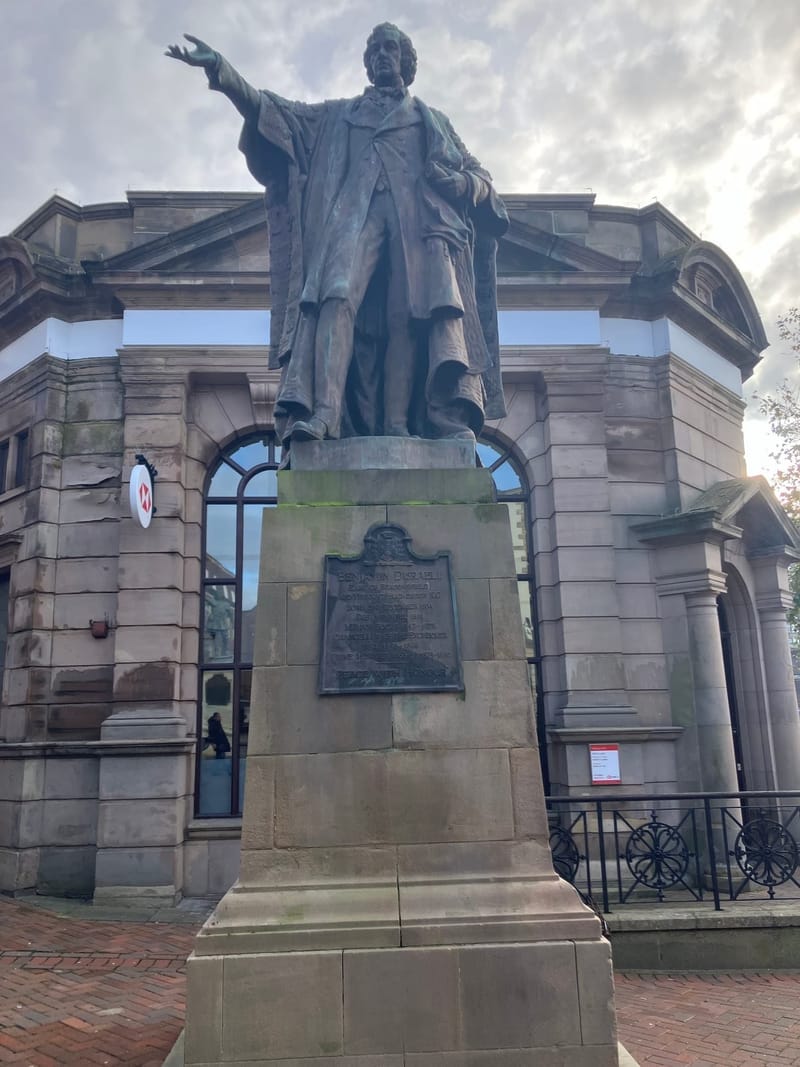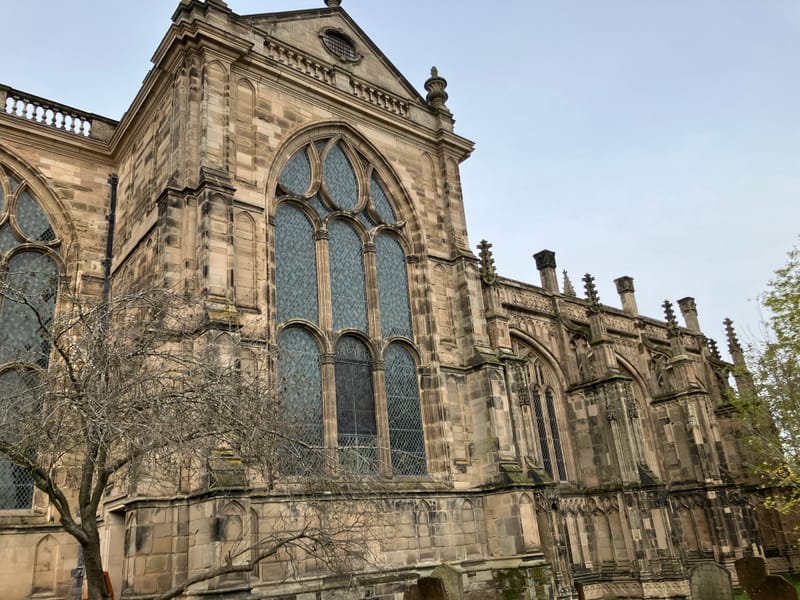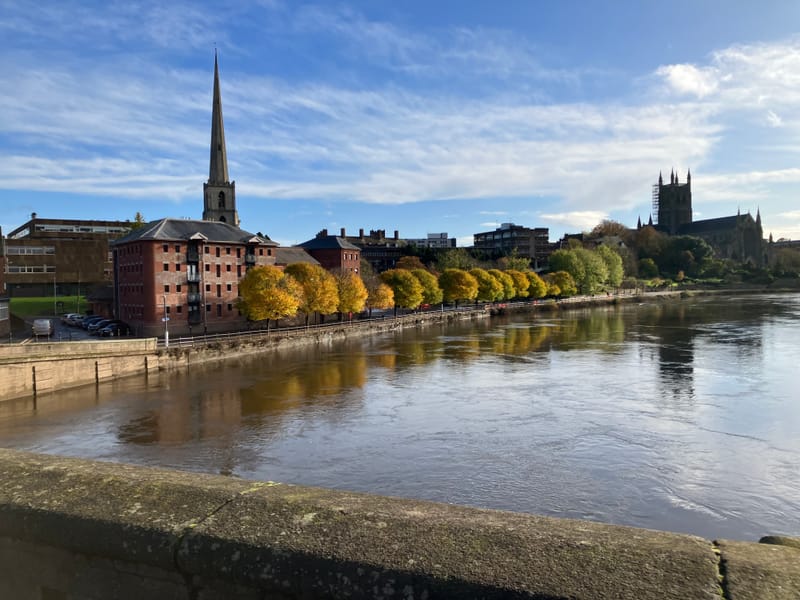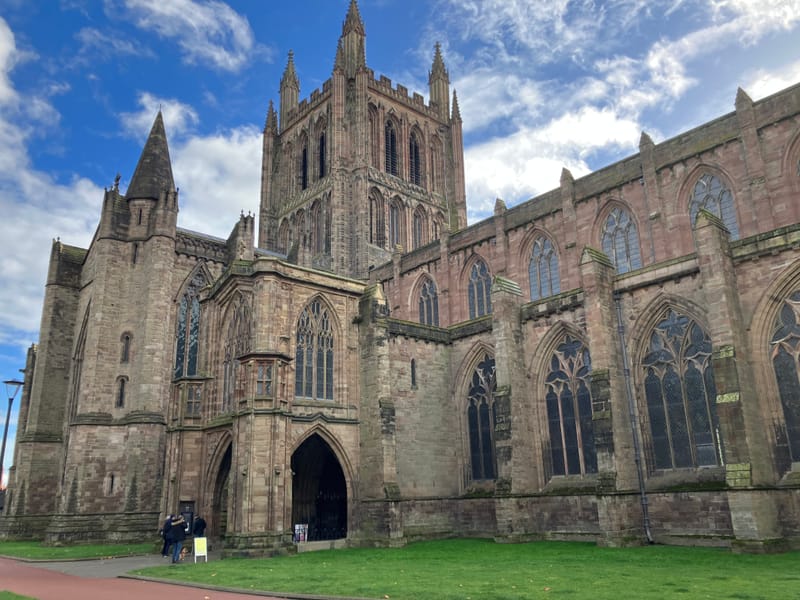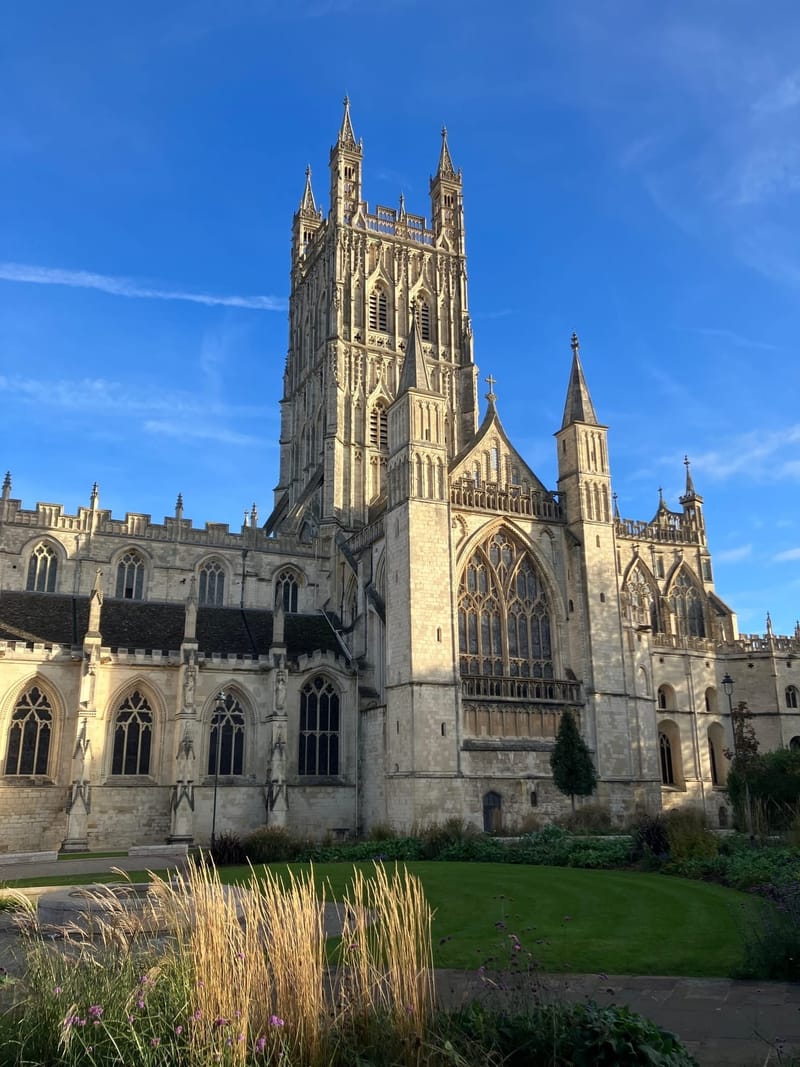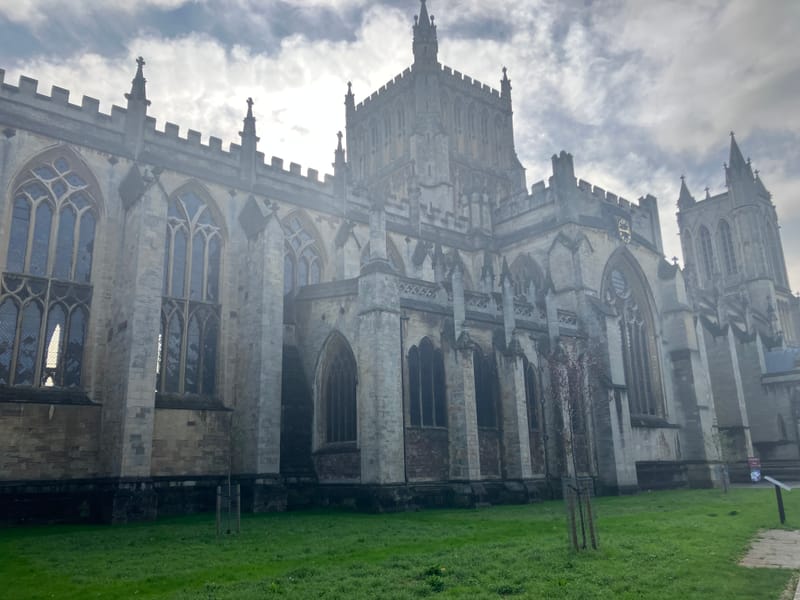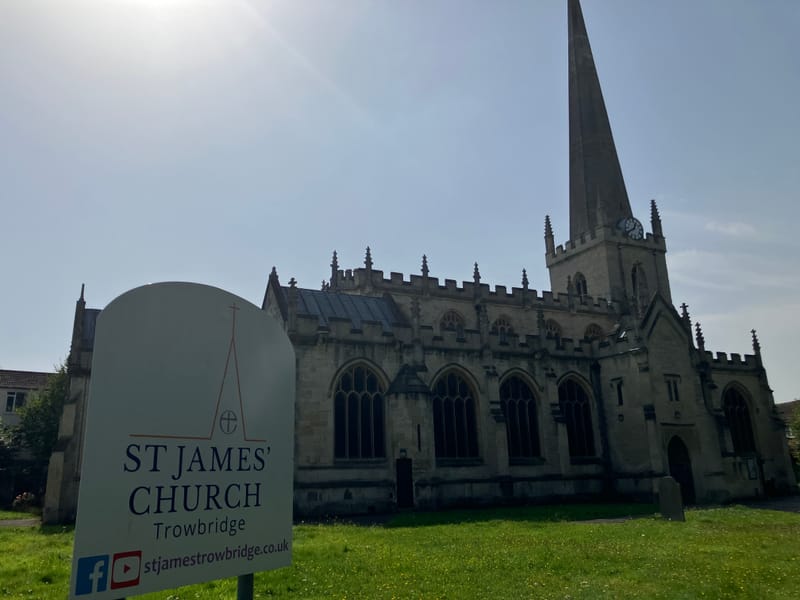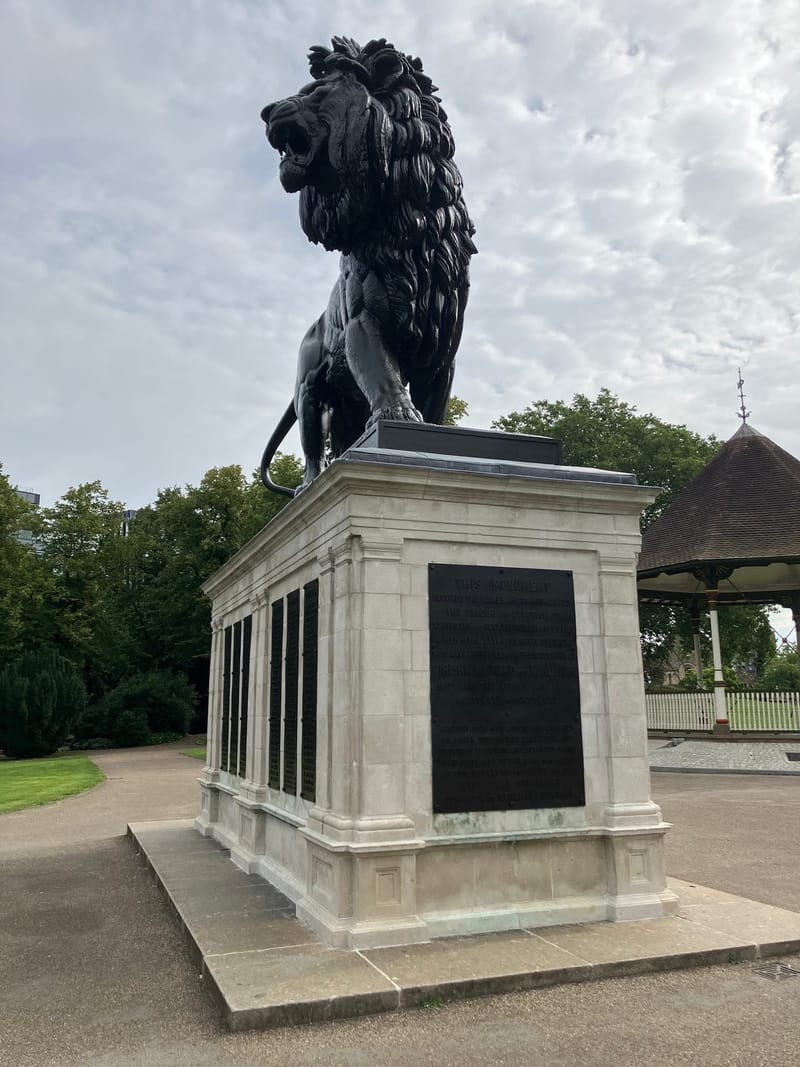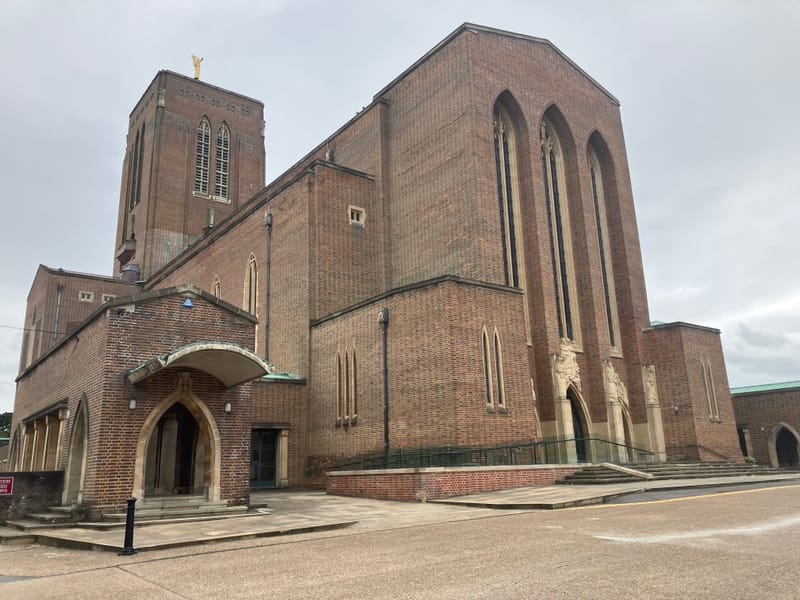Walking the county towns #County Town
IPSWICH
First recorded during the medieval period as Gippeswic, Ipswich has been continuously inhabited since the Saxon Period. The largest settlement in the county and a port on the River Orwell and the birthplace of Cardinal Wolsey. Dickens stayed at the Great White Horse when he was a reporter, the Inn providing him with the setting for Mr Pickwick's misadventure when he went into a lady's bedroom by mistake.
CHELMSFORD
The County Town of Essex,. A Roman fort was built in AD 60 and a civilian town grew around it, being named Caesaromagus ( Caesers marketplace) the town mainly disappearing after the departure of the Romans. The city's present name is derived from Ceolmaer's ford being changed to Chelmsford by 1189. Its position on the London road ensuring its early prosperity. The Church of St Mary, with its 15th centuary tower became a cathedral in 1914.
HERTFORD
Being remote from main through roads has left the County Town of Hertfordshire relatively unspoilt. The ruins of a Norman Castle stand on the site of an earlier Saxon stronghold built to protect London. The Shire Hall in the middle of the town was designed by Robert Adam and built in 1768
AYLESBURY
Located in central Buckinghamshire, the town name is of Old English origin. During the early medieval period Aylesbury became a major market town and the burial place of Saint Osgyth Aylesbury was declared the new County Town of Buckinghamshire in 1529 by King Henry VIII In 1963 the Great Train Robbery culprits were sentenced at Aylesbury Crown Court
WARWICK
Overlooking the River Avon, stands Warwick Castle, sold by Lord Brooke in 1978 after being in his family’s possession since 1605. St Mary’s Church contains the tomb of Richard Beauchamp, Earl of Warwick, who died in Rouen in 1439, and was largely responsible for the execution of Joan of Arc. Robert Dudley favourite of Elizabeth I is also buried here
GLOUCESTER
Gloucester was one the Roman fortified town of Glevum, guardian of the routes to Wales, that converged at the Severn’s lowest crossing point The opening of the canal between Gloucester and Sharpness in 1827 made the city an important inland port The cathedral’s stained glass east window is second only to York Minster in size in this country
TROWBRIDGE
Trowbridge was once a major settlement of Flemish weavers bringing great prosperity
GUILDFORD
The name Guildford is thought to derive from a crossing of the River Wey, a tributary of the Thames Following the Norman conquest a Motte and Bailey castle was constructed and further developed by Kinds Henry 11 and 111 The simplified Gothic cathedral on Stag Hill had its first foundation stone laid in 1936
